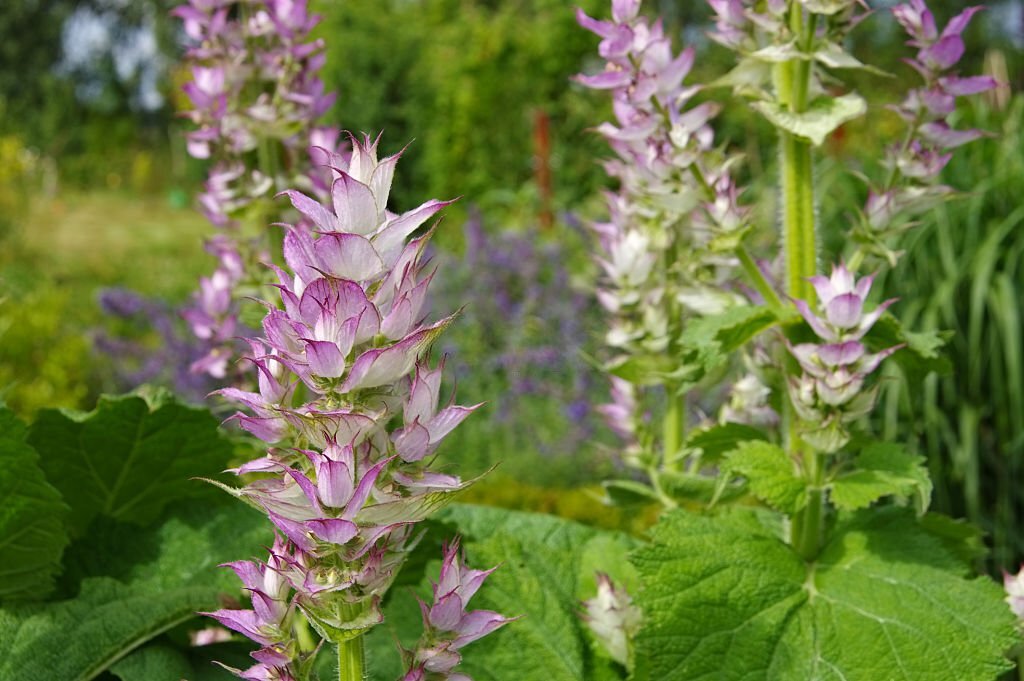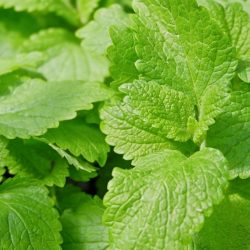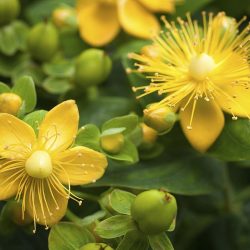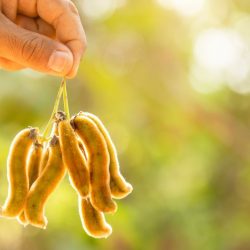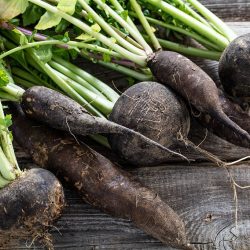Between sage officinalis and clary sage , it’s 10 to 1. If the literature is full of information concerning the first, it is clear that the bare minimum falls on the second. So I’m going to do my best to relate the few meager events recorded here and there about him, to tell his story.
A little history
The oldest traces concerning clary sage indeed seem to date back to around 2000 years ago. Dioscoride evokes a horminon which could well be the plant of the day. Mentioned in the Capitulary of Villis (late 8th century), we find it shortly afterwards under the pen of Strabo ( Hortulus , 827) who regretted that it was, unlike the officinal, so little used medicinally , although it had inherited laudatory vernacular names on this subject: grass with wounds, all-good, etc.
In the 14th century, it was found under the strange name of orvale, whereas two centuries earlier, Hildegard recommended it as an antitoxic, digestive and antimigraine remedy.
Cultivated on a large scale in the 16th century, it entered the court of King Louis XIV a century later , who, in all likelihood, used it extensively. Then clary slowly fell into oblivion only to reappear in the 19th century. Again cultivated on a large scale to be then abandoned, it will come back in force in the 20th century (aromatherapy, perfumery).
What are the main pharmacological properties of the aerial parts of Sage?
Estrogenomimetic properties:
The compounds responsible for this property are therefore not clearly identified. Sage triterpenes have an estrogen-like configuration without possessing the phenol nucleus. Triterpenes contain a phenol ring associated with an epoxy bridge.
Clary sage is considered an estrogen booster plant at the ovarian level , resulting in stimulation of the α and β estrogen receptors. Emmenagogue , it notably stimulates blood flow in the pelvic region and regulates the menstrual cycle . It would be antigalactogenic .
Antispasmodic properties:
Flavones reduce spasms caused by acetylcholine or serotonin. Clary sage is antispasmodic internally, choleretic (indigestion and flatulence) and healing externally.
Antioxidant properties:
This powerful action would be linked to the presence of diterpenes, in particular carnosic acid. Sage reduces lipid peroxidation and cell death.
Activity on the nervous system:
-
Neuropsychics:
Carnosic acid and carnosol, present in sage, exert antioxidant, anti-inflammatory and anticarcinogenic activity , as well as neuroprotective effects in experimental models in vitro and in vivo .
-
Neuroprotective activity:
This involves a reduction in oxidative stress and an inhibition of apoptosis, in addition to the anticholinesterase action of sage, which could be of therapeutic interest in Alzheimer’s and Parkinson ‘s diseases .
-
Anti-anxiety-depressant activity:
Clary sage is relaxing, antispasmodic and anxiolytic . It reduces excess blood pressure in stressful situations, as shown by a randomized controlled trial in women undergoing medical examinations, such as urodynamic exploration. An in vivo study indicates that its antidepressant effect could be explained by a dopaminergic modulation.
Anti-infective properties:
-
Plaque formation inhibitor:
Action due to rosmarinic acid. The aqueous extract of sage inhibits the enzyme responsible for the collagenolytic activity of Porphyromonas gingivalis , a periodontal bacterium implicated in periodontal disease.
The acetone extract of the aerial parts of clary sage possesses antibacterial activity against Staphylococcus aureus , Pseudomonas aeruginosa , Escherichia coli and Enterococcus faecalis .
Are there any precautions for Clary Sage?
Contraindications:
- Clary sage is contraindicated in cases of hyperestrogenism or hormone-dependent cancer. It is not recommended during pregnancy or breastfeeding, excluding food use.
- The EMA does not recommend the use of sage in children and adolescents under the age of 18.
Drugs interactions :
- Do not combine with estrogen treatments. Ask your doctor and/or pharmacist for advice.
How to take Clary Sage and in what dosage?
Liquid form:
- Fluid extract of fresh plant standardized for officinal preparation : 5 to 10 ml per day in a glass of water.
- Infusion : 1 to 3 g of dried leaves, infuse 10 min, 5 times a day as a gargle, 2 to 3 times a day orally.
Medical bibliographic sources and clinical trials :
- Tavakkoli M, Miri R, Jassbi AR, Erfani N, Asadollahi M, Ghasemi M, Saso L, Firuzi O. Car thamus, Salvia and Stachys species protect neuronal cells against oxidative stress-induced apoptosis. Pharm Biol. 2014
- Hayet E, Fatma B, Souhir I, Waheb FA, Abderaouf K, Mahjoub A, Maha M. Antibacterial and cytotoxic activity of the acetone extract of the flowers of Salvia sclarea and some natural products. Pak J Pharm Sci. 2007
- Gülçin, I., UĞUZ, M. T., Oktay, M., Beydemir, Ş., & KÜFREVİOĞLU, Ö. İ. (2004). Evaluation of the antioxidant and antimicrobial activities of clary sage (Salvia sclarea L.). Turkish Journal of Agriculture and Forestry
- Cui H, Zhang X, Zhou H, Zhao C, Lin L. Antimicrobial activity and mechanisms of Salvia sclarea essential oil. Bot Stud. 2015
- De Oliveira M.R., The Dietary Components Car nosic Acid and Car nosol as Neuroprotective Agents : a Mechanistic View, Mol Neurobiol., 2016
- Gross M. et al., Chronic food administration of Salvia sclarea oil reduces animal’s anxious and dominant behavior, J Med Food, 2013
- Setzer W.N., Essential oils and anxiolytic aromatherapy, Nat Prod Commun., 2009

